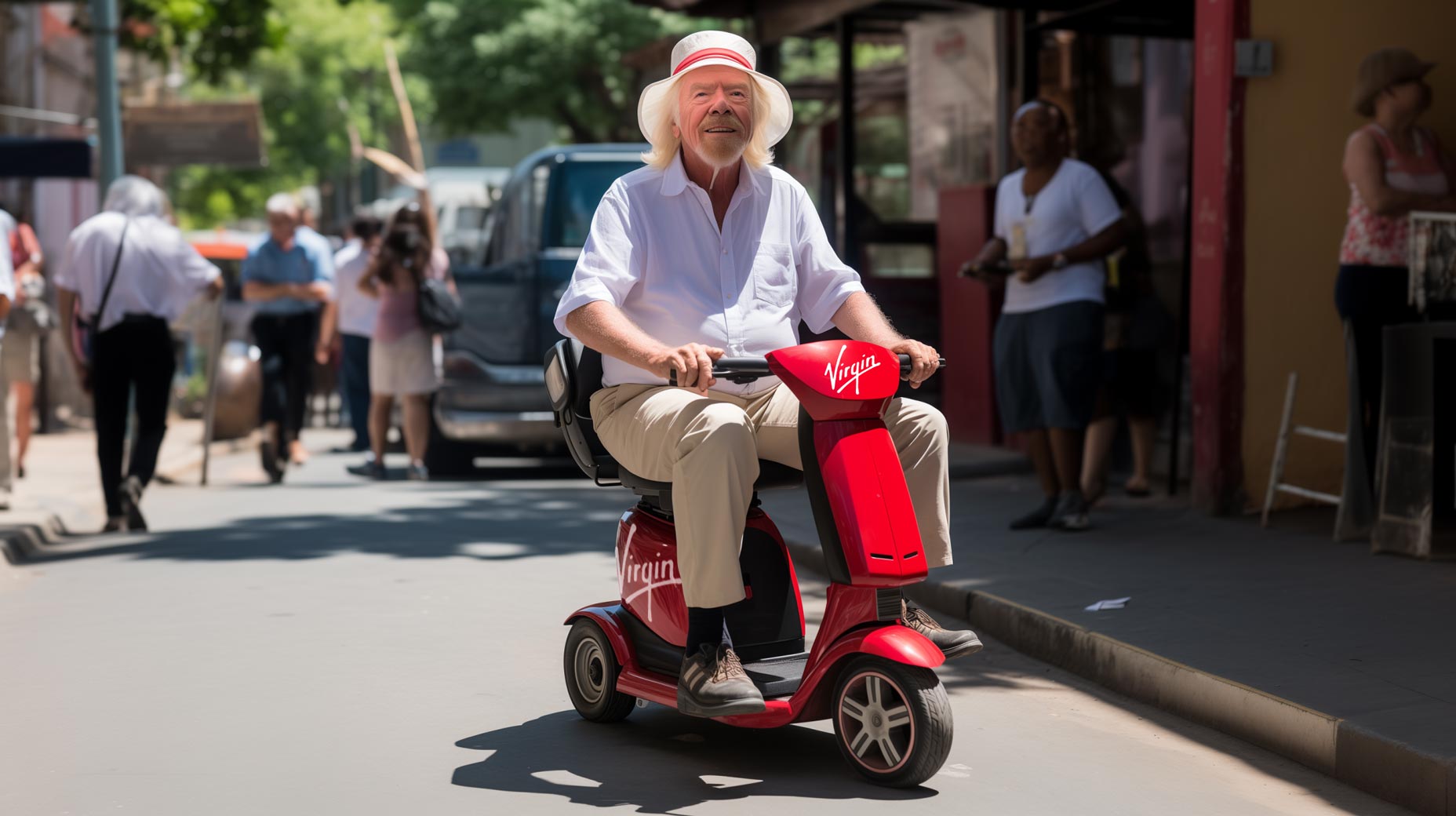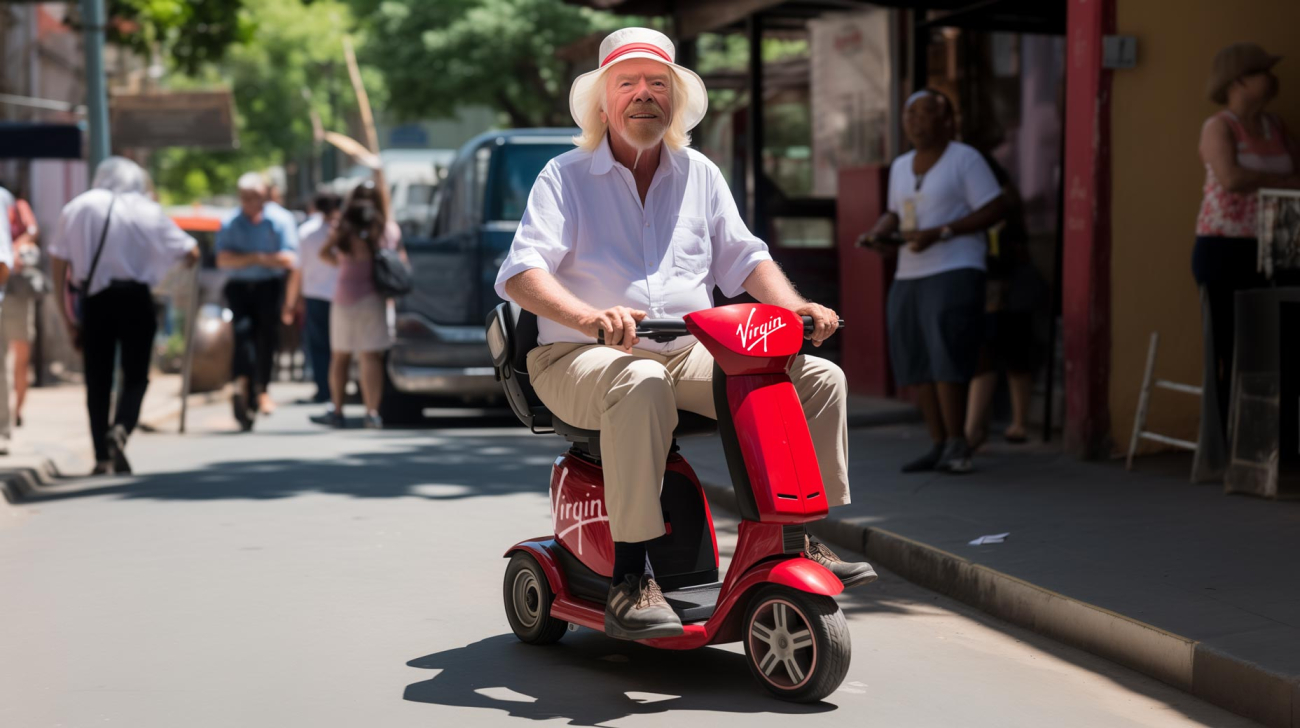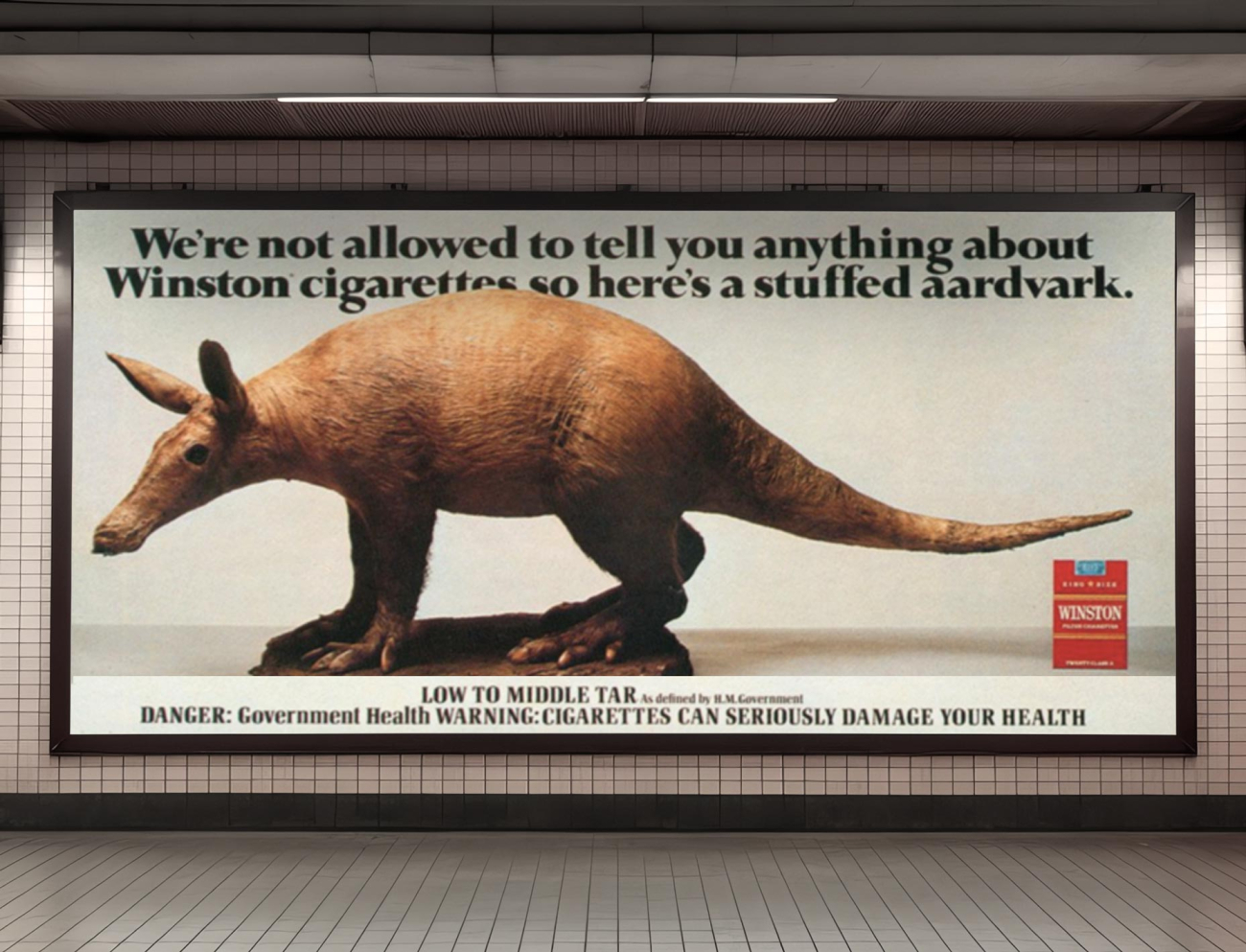Is Virgin playing a dangerous branding game that’s become unsustainable?
The true value of the Virgin brand is at the centre of a high court battle. NB Studio argues that Richard Branson’s baby has lost its once boundary-breaking lustre.


In a 2003 survey, only 5% of UK consumers thought that a disappointment with a Virgin product or service would make them cynical about Virgin overall. Indeed, Virgin’s many ventures were part of the brand’s bravado. The idea of British Airways opening a chain of record stores would have been unthinkable. But, in reverse, that’s exactly what Virgin did.
Today, the magic of Virgin’s signature, first scribbled on a napkin by designer Ray Kyte in 1977, appears to be wearing off. Virgin Enterprises are suing Brightline for over $250 million in fees for refusing to use the logo on its trains. Brightline triggered an escape clause in the contract claiming that Virgin no longer constitutes ‘a brand of international high repute’.
At first, a shared ethos enabled the Virgin Group to move into diverse business categories. It took on the real burden of the customer, intervened in markets where customers were getting poor value and picked high profile fights with the likes of British Airways.
The strategy worked because we all prefer the plucky underdog to the fat cat. And even when it didn’t work, the failures were glorious: six months after Virgin Cola was launched, there were more people dedicating 100% of their time to Virgin Cola working at Coke than there were at Virgin Cola itself.
But when the challenger becomes the establishment, people are less forgiving about the setbacks. Even before Covid, the disappearance of Virgin from Britain’s railways, a fatal spacecraft crash and a low-cost airline going into administration, all damaged the brand. “It really looked like we were going to lose everything,” Sir Richard Branson recently told the BBC’s Amol Rajan.
Arguably, Virgin’s decline is also wrapped up in Branson’s own image. Once Britain’s most admired businessman, he was the brand. His youthful, adventurous spirit was intrinsically linked in the consumer’s mind with Virgin. The way people felt about Sir Richard gave each Virgin company resilience, regardless of sector. But all those tacky stunts with women in bikinis now seem like relics from prehistoric times. And every day that Sir Richard gets older, the issues with the Virgin brand compound because so much of it is tied up with him.
Since Virgin’s earliest days in mail order people have been asking, ‘Is the brand stretching itself too far?’ That was always the risk with the Virgin model of branded venture capitalism. But Virgin knowingly followed the Kereitsu principle, that a company’s core competence comes from its values not from what it does. In Japan, the idea of a corporate alliance between independently operating companies that collaborate to their mutual advantage, is a familiar one.
As Sir Richard himself explained, that depends on rigorous brand management. “We have a team of people who monitor it to make absolutely certain that anybody who’s running a Virgin company respect the fact that our reputation, for all of us, is all we’ve got.”
If people love your brand they’ll want your company to succeed. But the law of averages suggests that licensing the same brand to a wide variety of organisations is the kind of dangerous game that eventually becomes unsustainable. Especially, when your brand figurehead is no spring chicken.
20 years ago, the majority of consumers surveyed said they would rather trust Virgin with their money than The Bank Of England. Said survey wouldn’t say the same today. Would it? Never mind the bollocks, here’s the ending.


